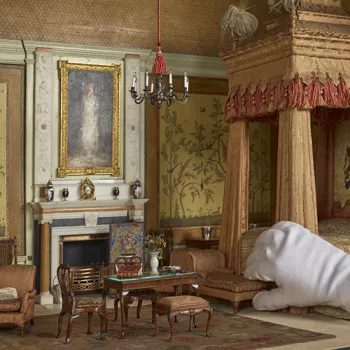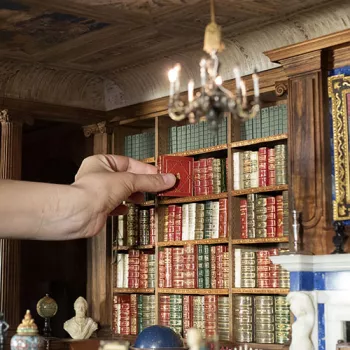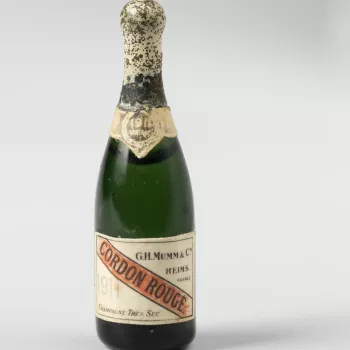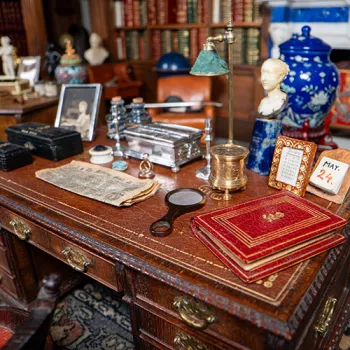Queen Mary's Dolls' House
A guide to Windsor Castle's famous Dolls’ House.
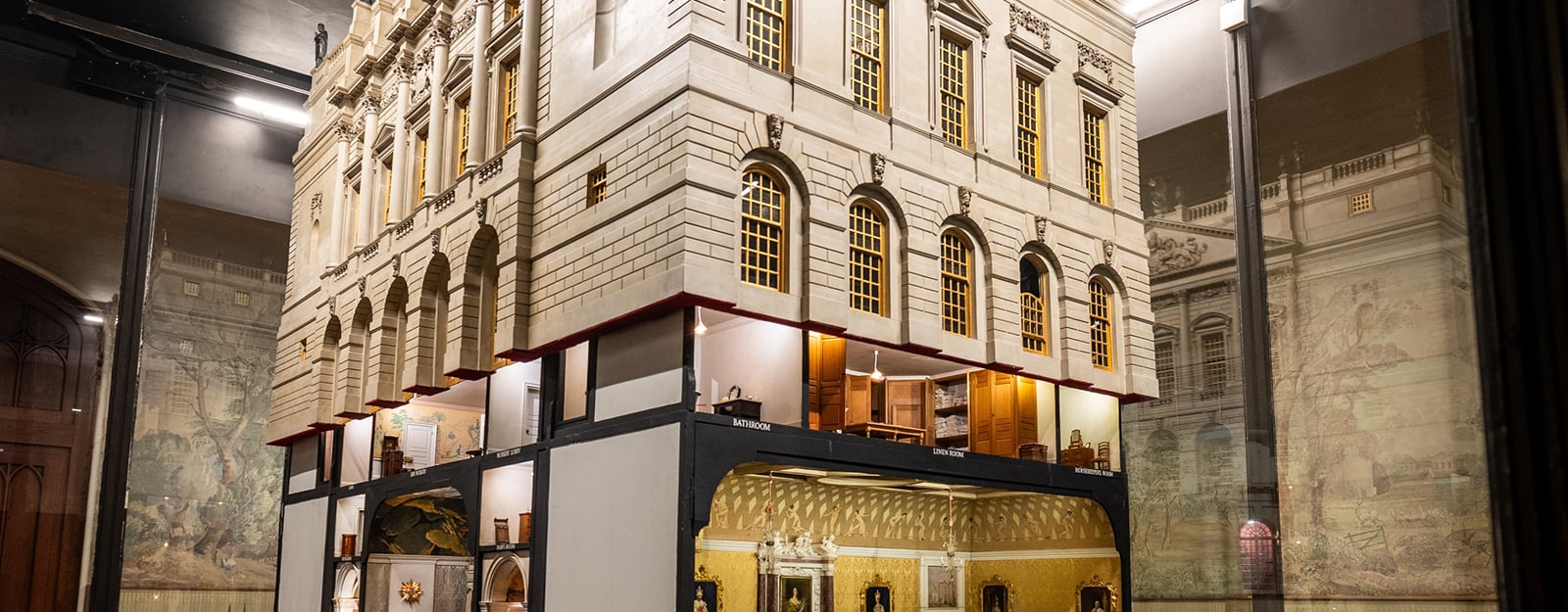
Queen Mary's Dolls' House is the largest and most famous dolls' house in the world. Built between 1921 and 1924 for Queen Mary, consort of King George V, by the leading British architect Sir Edwin Lutyens, it contains works from over 1,500 of the finest artists, craftspeople and manufacturers of the early 20th century.
From life below stairs to the royal setting of the saloon and dining room, and from a library bursting with original works by famous literary names of the day, to a fully stocked wine cellar and a garden, no detail was forgotten. Everything in the house was created at a one twelfth scale.
The House was intended to be as true to life as possible. It even includes electricity, running water, and working lifts. Each room is beautifully furnished and waiting to be explored.
This is a miniature mansion such as the King & Queen might live in… in every detail complete.
Sir Edwin Lutyens, letter to Lord Haig in 1923.
2024 was the 100th anniversary of Queen Mary’s Dolls’ House.
Creating the Dolls’ House
The House was the idea of Princess Marie Louise, cousin to King George V and childhood friend of Queen Mary. She decided that the Queen, who loved all things small and decorative, would enjoy the House and it was to become a gift to Queen Mary in the years after the First World War.
The architect was Sir Edwin Lutyens, a friend of the Princess. Between them, they created a committee who decided on the style of the House and ensured that all its contents were of the highest possible quality and all perfectly to scale.
The committee suggested that the House should be a collaborative venture with the cost and labour to be divided between as many people as possible. The completed House was the product of 250 craftspeople and manufacturers, 60 artist-decorators, 700 artists, 600 writers and 500 donors (many still household names today).
The House was shown at the Empire Exhibition at Wembley in 1924 as a showcase for British workmanship. It was displayed at Wembley for seven months and over this period more than 1.5 million people visited it.
In July 1925 it was moved to Windsor Castle, where it was situated in a room designed by Lutyens and where it can be visited today.
Buy the book
Published to celebrate the 100th anniversary The Queen’s Dolls’ House book guides you through the magical miniature house.
Watch our film to find out more about the condition checking of Queen Mary's Dolls' House
Explore below to find out more about the rooms of the House.




